Prometheus CEO outlines tech advances that could make CO2-to-fuels renewable gasoline and jet price-competitive with fossil fuels
Green Car Congress
JANUARY 30, 2020
Electrification of the global vehicle fleet, which now totals over 1 billion cars and trucks, or conversion of vehicles to use novel fuels like hydrogen, cannot proceed quickly enough to address the climate crisis. The separation of ethanol and other fuel products from water. —Rob McGinnis. to C 2 fuel products such as ethanol.




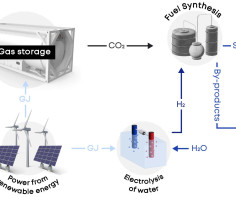

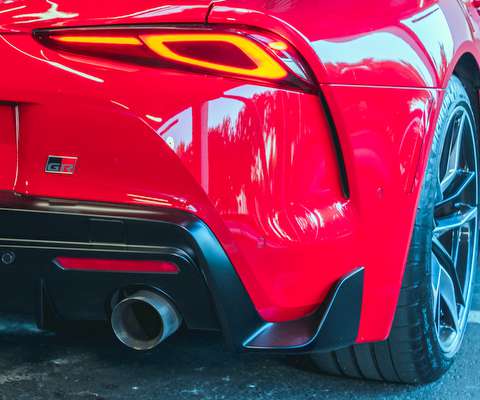
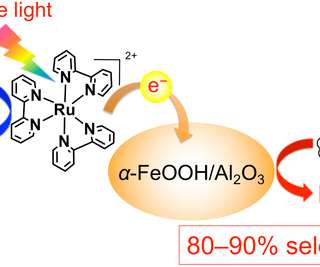






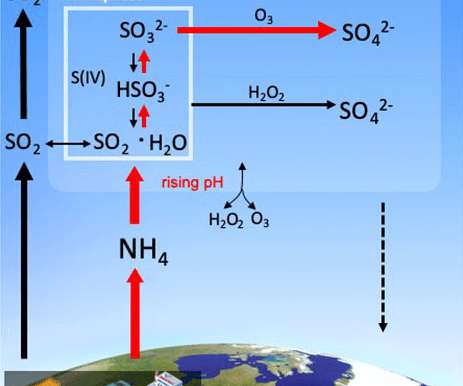
















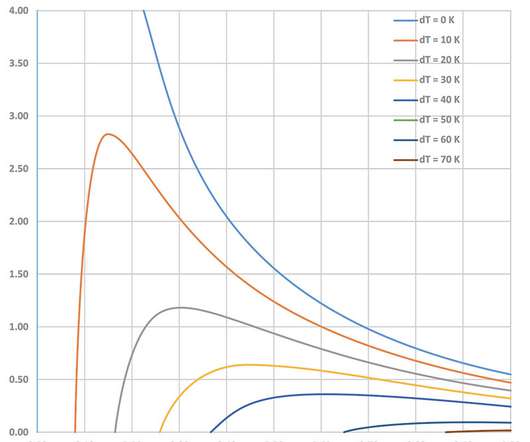



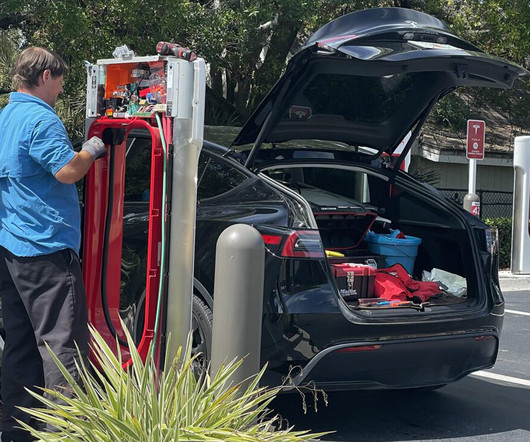








Let's personalize your content